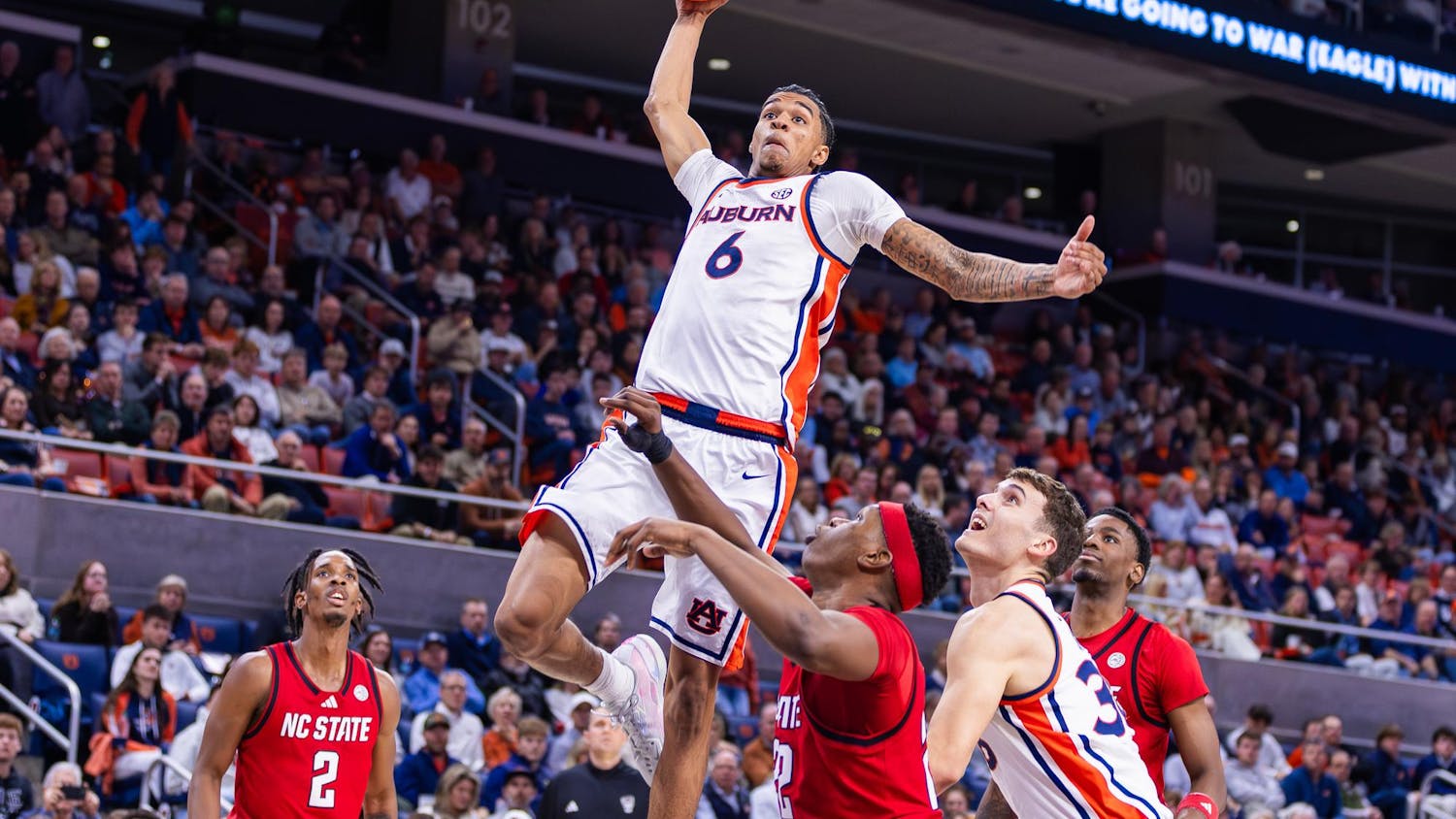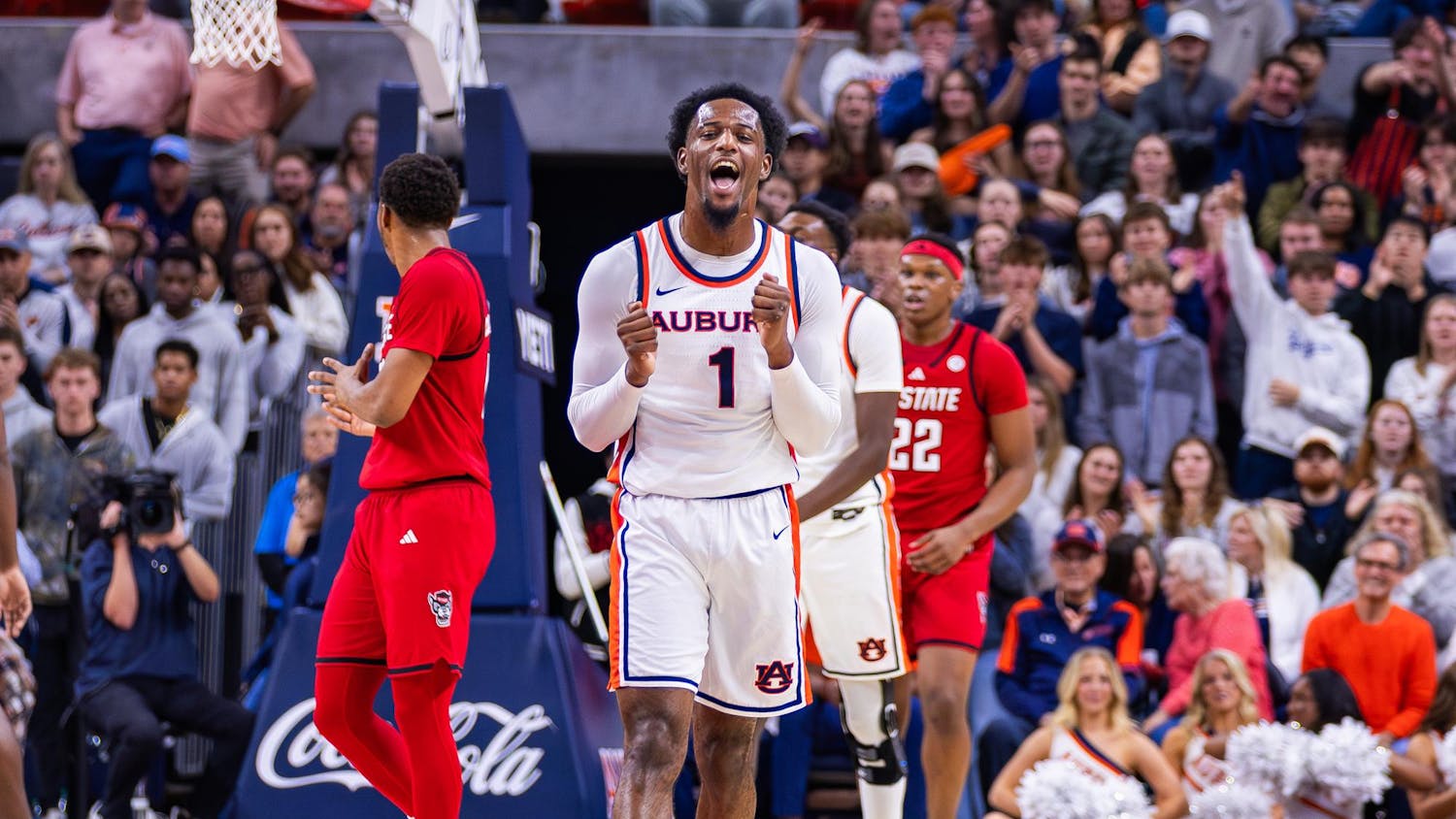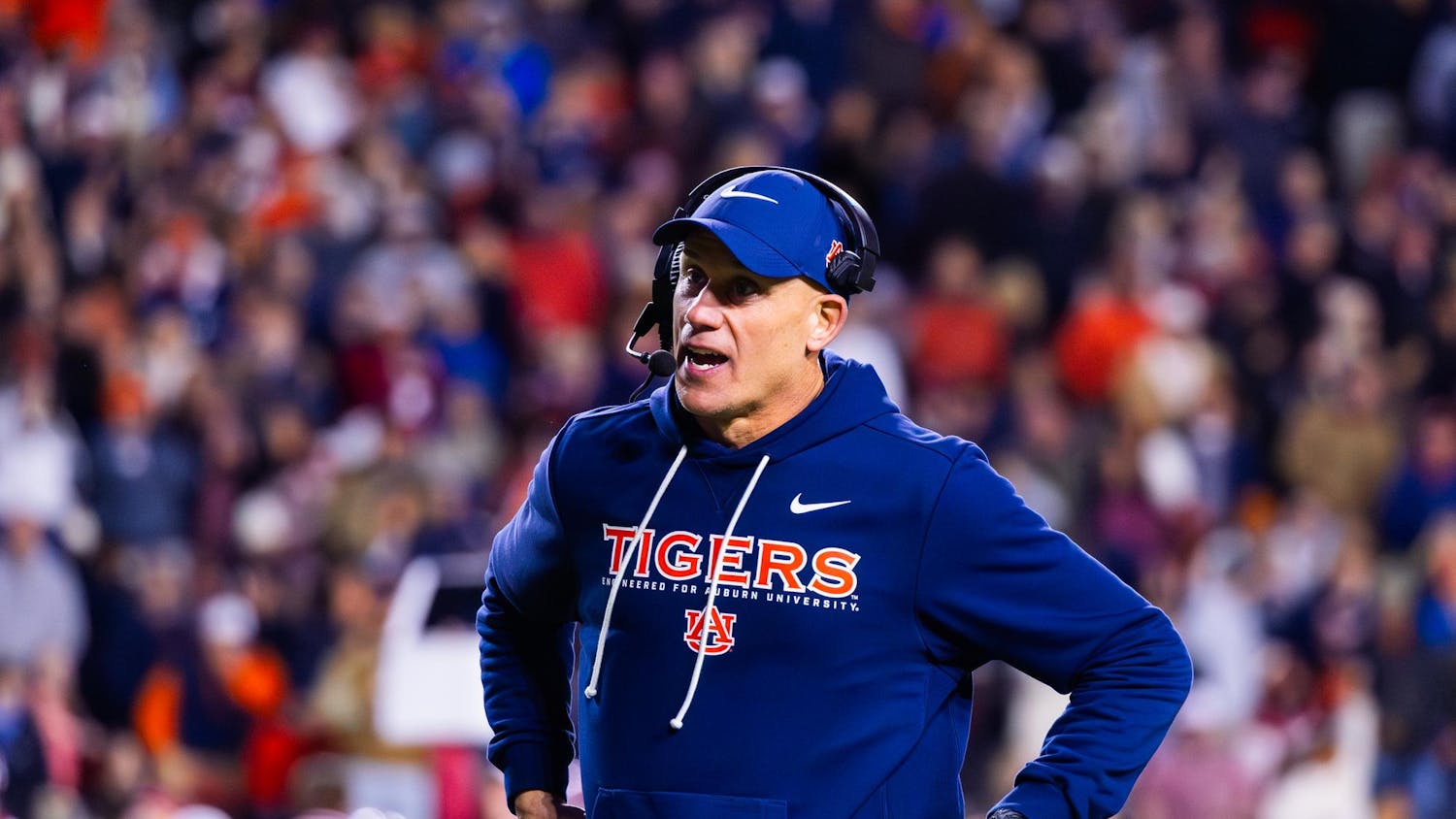Most Auburn fans, being either die-hard or casual, will all have differing opinions on the tenure of former offensive coordinator Rhett Lashlee. Lashlee had been with the Tigers since their magical 2013 season, the year in which Auburn was solidified as a perennial power for the first time since Cam Newton prowled campus. With Nick Marshall at the helm, the Auburn offense could be described as explosive, powerful and exhilarating. In the two years following Marshall’s departure, the once unstoppable “Auburn Fast” offense has stumbled.
In 2015, the Tigers flirted with a .500 record, heavily due to stagnant offense. (See: averaged 20 points in losses and 27 points for the season) Granted, Auburn suffered from injuries to Sean White, who stepped in as a freshman after Heisman-hopeful junior Jeremy Johnson performed poorly in the early season. Auburn improved in 2016, averaging 31 points a game, but two recognizable themes lingered: inconsistent quarterback play throughout and embarrassing effort in losses.
One thing was crystal clear in the 2016 season: Gus Malzahn had little to no grasp on the best rotation for his quarterback circus. Any time anyone under center would get into any sort of rhythm against the now national champion Clemson Tigers, they were pulled from the game in favor of a cold quarterback from the bench. It was not until the offense was handed over to Rhett Lashlee after the LSU game that the offense really flourished. (In the three games against Power 5 opponents under Malzahn’s play calling the offense averaged 16 points per game) Between all the disapprovals and unfortunate injuries, Sean White had an incredible outing this past season for the Tigers. The redshirt sophomore was the most efficient quarterback in the conference until the loss in Athens to Georgia. White’s inconsistency derived from his injuries, meaning backups Jeremy Johnson and John Franklin III were needed.
Johnson’s playing time was sparse, only really coming into the rotation during the Clemson QB nightmare, Iron Bowl, and blowout mop-up duty. John Franklin III was a real asset to the Auburn offense when all starters were healthy, serving as a swift change of pace from White, torching defenses with his speed and elusiveness.
The issues arose when White wasn’t available. The first instance of this occurred when Auburn hosted Vanderbilt. John Franklin III was named the starter right before kickoff, puzzling many. Franklin passed for a whopping 9 yards in the first half, and Auburn tallied an abysmal 124 yards, trailing Vandy 13-10. When the second half begun, Sean White led the Auburn offense right down the field for a score on the first drive. This resurfaced the theme of confusion and led the Jordan-Hare crowd to question the ability of Lashlee and Malzahn to orchestrate a game plan when any sort of variation might occur. After the nail-biter against Vanderbilt, Auburn mustered 13 points a game against the FBS for the remainder of the season.
Sean White played hurt in the loss at Georgia, did not play against Alabama, and broke his arm on the first drive against Oklahoma. These ill-fated injuries plagued the entire Auburn offense, which was no fault of Lashlee’s. The frustrations laid in the minds of the common Auburn fan, who could often predict a Tiger loss early on, when it was apparent that Auburn only came to play on one side of the ball.
Auburn averaged nearly 39 points per game in Lashlee’s first two seasons, then declined to 29 PPG in the last two seasons. Lashlee’s departure was of his own accord, but it would make sense for Gus Malzahn to have to push him out. Malzahn’s position on the hot seat fluctuated in 2016, but ultimately ended with the 51-year-old coach feeling the heat, and needing a change. Lashlee, for all his efforts and everything he’s done under Malzahn, was that change. Quarterback development was a disappointment at times over the past few seasons, and Malzahn knows he can’t afford to waste the potential of Jarrett Stidham. If Stidham busts, Malzahn is likely out.
The next offensive coordinator on the Plains needs to have his own identity, and needs to get very well-acquainted with #36 and #21. If Auburn is to succeed with Stidham at the helm, it needs to start with the SEC’s leading rusher and his fleet-footed sidekick. Kamryn Pettway spearheaded Auburn’s six-game midseason winning streak, molding into a powerful, and sometimes unstoppable runner. Kerryon Johnson played best when spelling Pettway, and nearly gave Auburn two thousand-yard rushers. Lashlee’s play calling wasn’t genius, it simply enforced the importance of running the ball, which is what the modern Auburn Tigers do best.
The cat is out of the bag now: Gus Malzahn is not the “offensive genius” he was once heralded as. Lashlee lived in Malzahn’s shadow, which likely played a large role in his departure, seeing as the young coach has his first opportunity to make his own name. Lashlee’s replacement is tasked with developing the most hyped quarterback in Auburn since Cam Newton, and fulfilling the monstrous expectations that come with returning most of an offense’s starting lineup. And he needs to do so in his own way, and possibly even deviate heavily from the Malzahn style.
We could see a very different Auburn team in 2017. In fact, most fans hope this is the case on the offensive end. At next season’s end, we could be looking at another subpar ending, with Malzahn on the hot seat again. The sky is the limit for Jarrett Stidham and the next offensive coordinator however, and there’s no reason to believe that Auburn can’t soar to the top of the SEC with a dominating defense, and an offense hungry to earn their stripes.
Do you like this story? The Plainsman doesn't accept money from tuition or student fees, and we don't charge a subscription fee. But you can donate to support The Plainsman.




